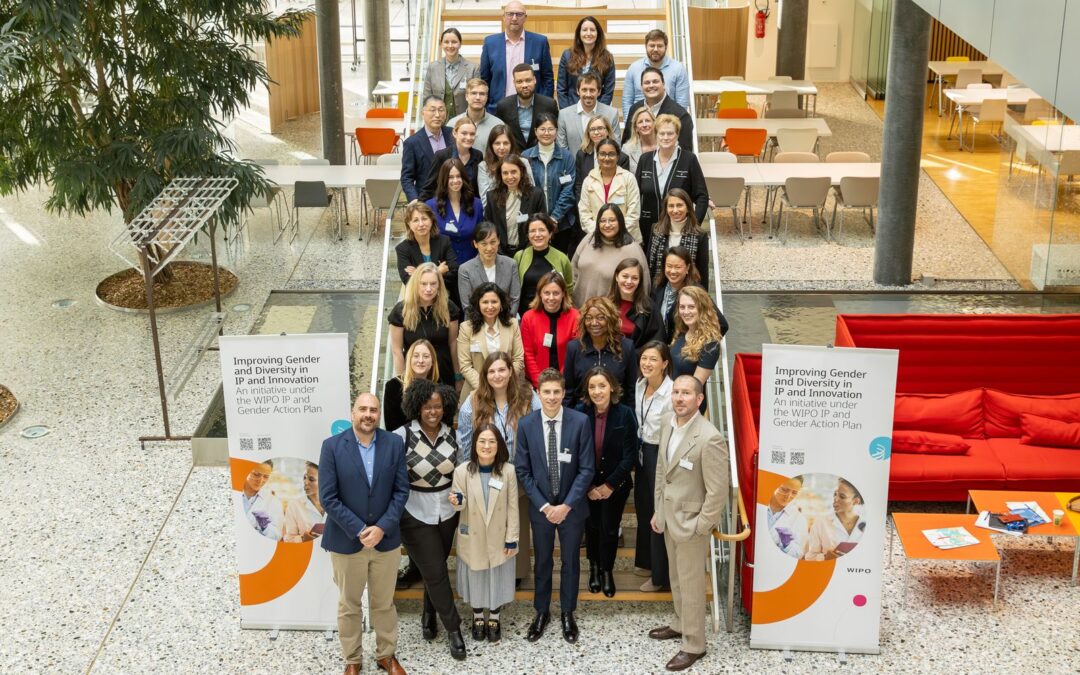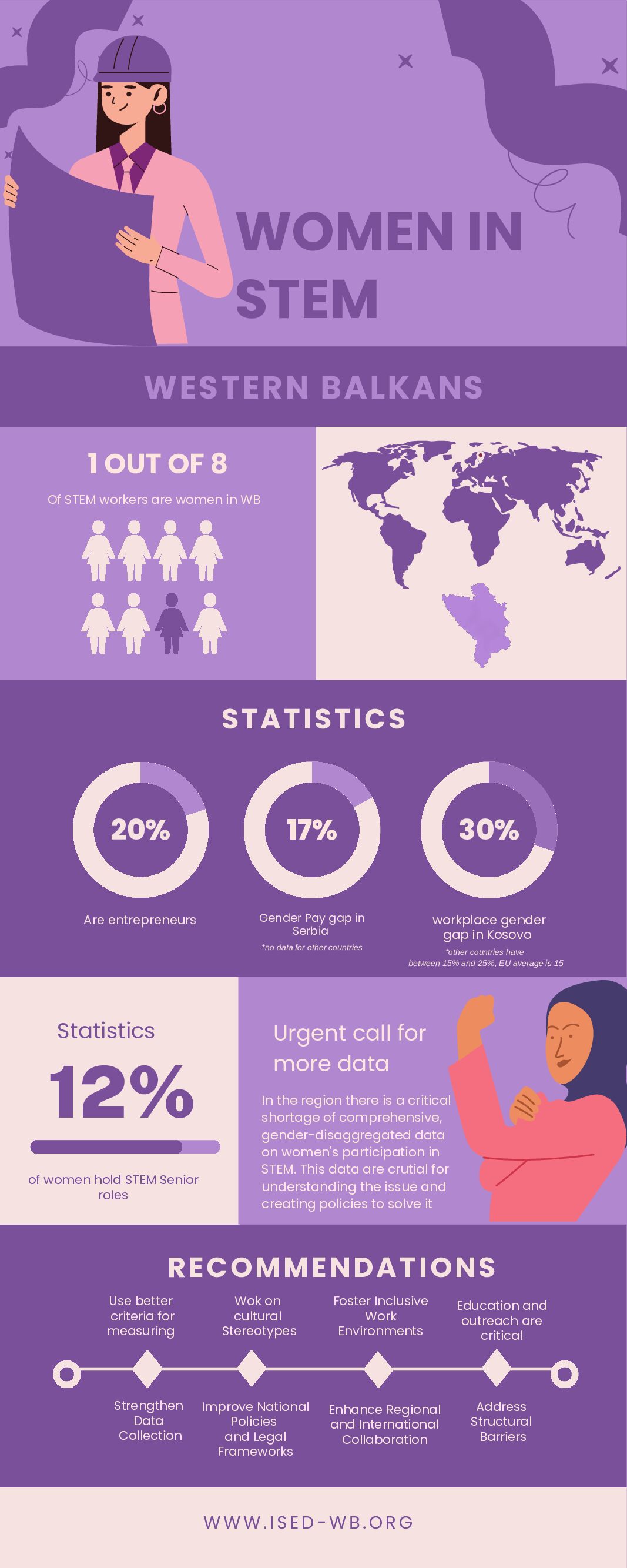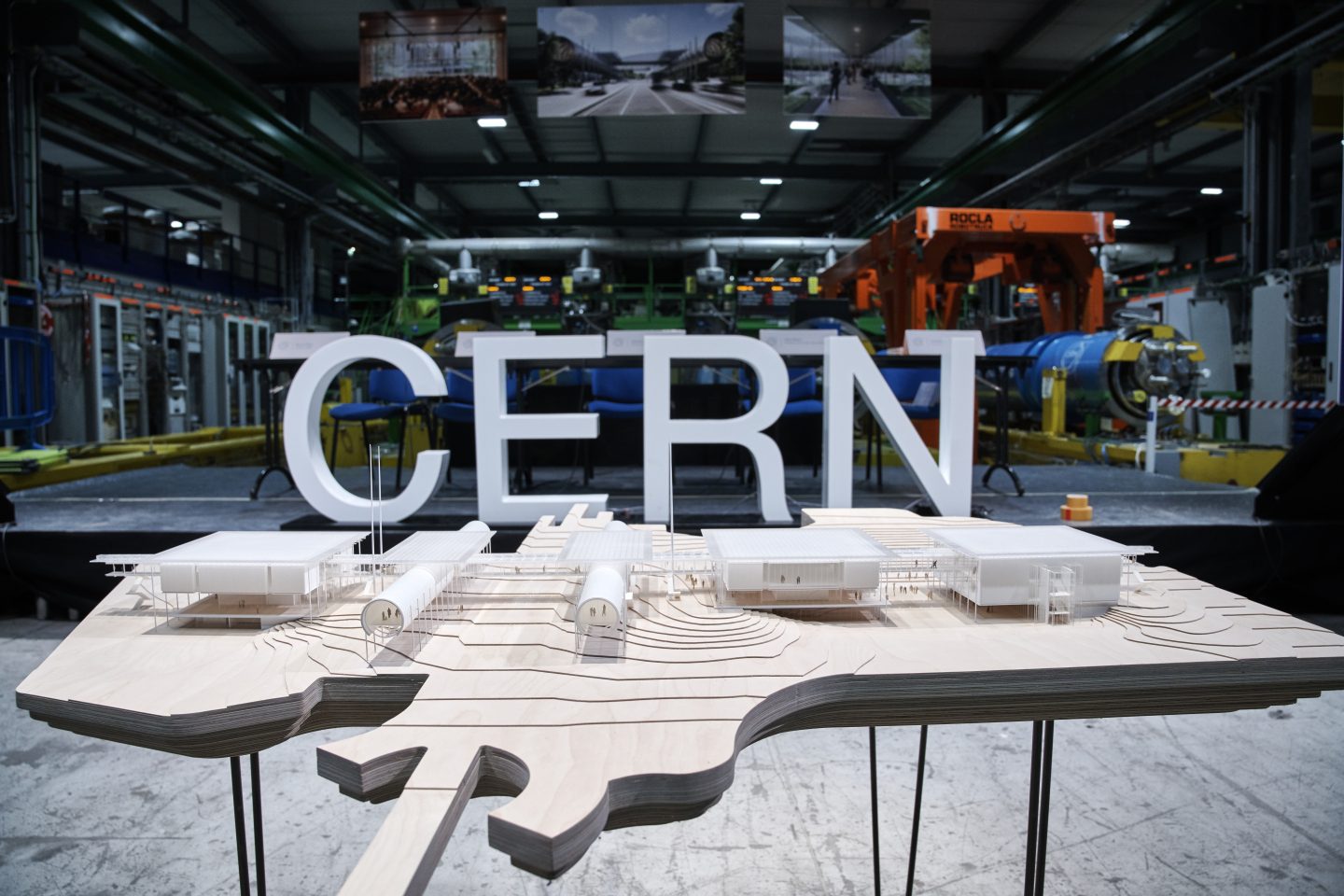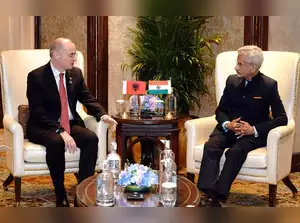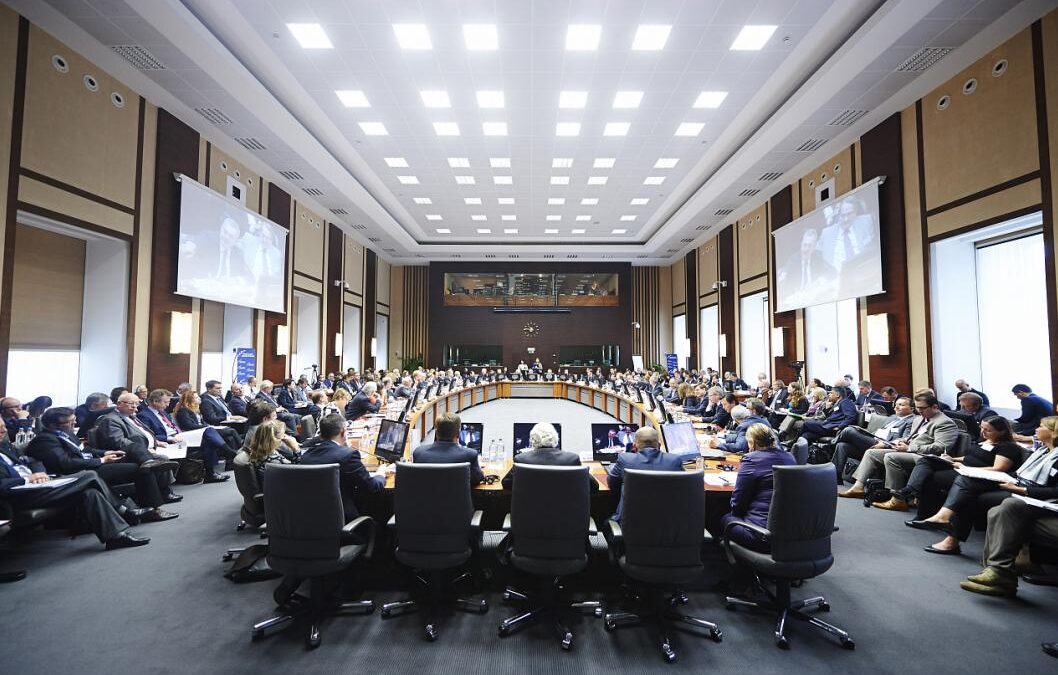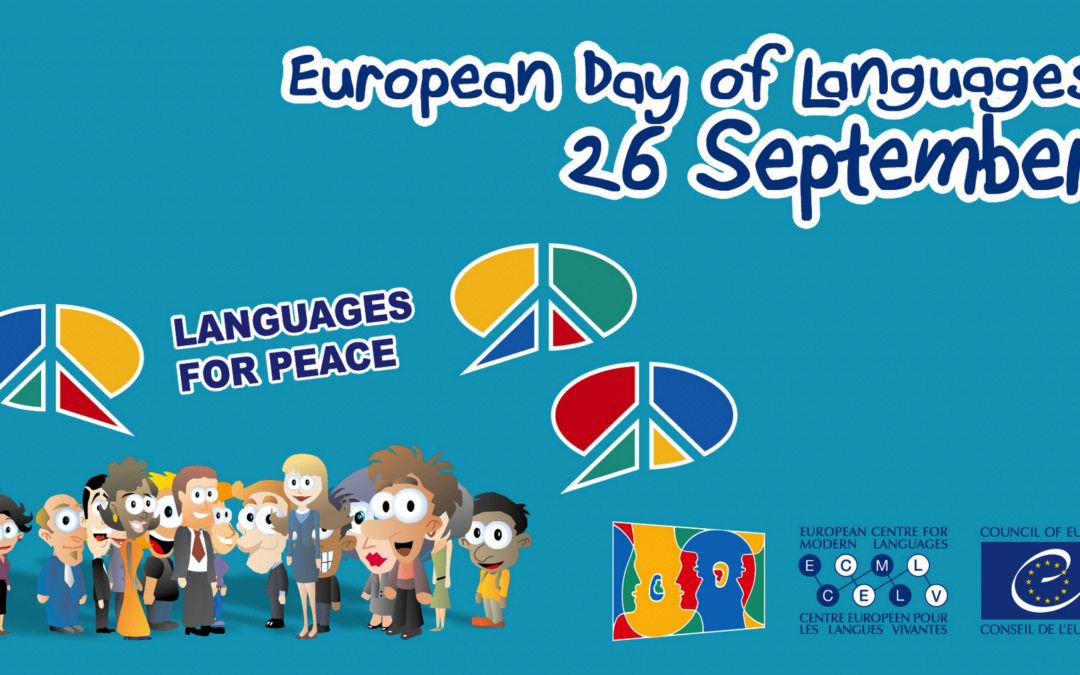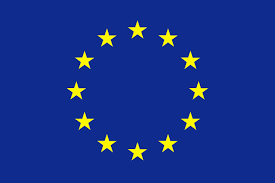Historical Context
India’s ties with the Balkans date back to the Cold War era, when India and Yugoslavia shared a common vision through the Non-Aligned Movement (NAM). Under the leadership of Jawaharlal Nehru and Yugoslavia’s Josip Broz Tito, the NAM became a platform for countries that sought to maintain neutrality in the context of the Cold War’s bipolar world order. Although Yugoslavia has since dissolved, India’s interest in the region has remained, albeit subdued.
However, after the dissolution of Yugoslavia in the early 1990s and the subsequent Balkan Wars, India’s engagement with the region decreased, with more pressing domestic and regional concerns taking precedence. Despite this, there has been a renewed interest from India in the Western Balkans over the last decade, as India’s foreign policy looks toward expanding its diplomatic and economic footprint globally.
Political Engagement
The country`s involvement with the Western Balkans has been relatively limited compared to its interactions with other regions, but their aspirations for European Union integration and their post-conflict political stabilization, present a unique opportunity for India to engage as a partner that respects sovereignty and multilateralism. Hence, there has been steady increase in diplomatic exchanges in recent years.
Several high-level diplomatic meetings have taken place, particularly between India and Serbia, which have shared historical ties. In 2018, India’s Vice President Venkaiah Naidu visited Serbia, reaffirming the bilateral relationship and exploring opportunities for cooperation in sectors such as agriculture, defense, and technology. Similarly, India’s Ministry of External Affairs has engaged with other Western Balkan countries, primarily through multilateral forums such as the United Nations and the NAM.
Economic Relations
This topic is still at a nascent stage, with trade volumes relatively low compared to other European regions. However, there is potential for growth, particularly in sectors such as information technology, pharmaceuticals, and renewable energy, where India has global expertise. Indian IT companies, which have a strong presence in Eastern Europe, are slowly recognizing the untapped potential of the Western Balkans as a nearshore outsourcing destination, offering a skilled workforce at competitive rates.
India has also been exploring opportunities in the manufacturing sector, particularly through its “Make in India” initiative. The Western Balkans, located at the crossroads of Europe, can serve as a strategic gateway for Indian businesses looking to enter the European market. Conversely, Balkan companies, especially those in agribusiness, textiles, and energy, could benefit from exploring India’s vast consumer market and growing industrial base.
One of the key barriers to deeper economic cooperation remains the lack of robust infrastructure and institutional frameworks to facilitate trade and investment. Indian businesses have been cautious about investing in a region that is still undergoing post-conflict reconstruction and EU accession processes, which can bring both uncertainty and opportunity.
Cultural Diplomacy and Soft Power
Long employed in cultural diplomacy as a tool to enhance its global footprint, India has its influence in the Western Balkans as well. The popularity of Indian cinema, particularly Bollywood, has found an audience in the region, creating an informal but impactful channel for cultural exchange. Festivals celebrating Indian culture, yoga, and spiritualism are also gaining traction in the region, fostering goodwill and enhancing people-to-people ties.
Embassies in the region have been active in promoting the cultural diplomacy, organizing events such as the International Day of Yoga and celebrating India’s Independence Day with local communities. Additionally, educational exchange programs between Indian and Balkan universities have the potential to grow, with more students from the region expressing interest in the diverse academic offerings, particularly in the fields of science, technology, and engineering.
Strategic and Security Considerations
Althought there are no immediate security concerns in the Western Balkans, India still views the region through the broader lens of its relations with Europe and NATO. Its geographic location makes it strategically important, especially given the country’s growing naval and economic interests in the Mediterranean and the broader European continent.
It is important to mention the growing influence of BRICS powers in the region as China and Russia have made significant inroads in the region through investments in infrastructure (China’s Belt and Road Initiative) and defense cooperation (Russia’s historical ties and energy influence). India, by contrast offers a non-aligned and development-focused alternative, which could appeal to Balkan nations seeking diversified partnerships especially in the times of conflict in Europe.
This relationship faces several challenges, including geographic distance, limited political interaction, and modest economic ties. The Western Balkans’ EU accession process provides a potential avenue for deeper cooperation, Additionally, India’s emphasis on digital diplomacy and sustainable development can align well with the Western Balkans’ efforts to modernize their economies and infrastructure.
Conclusion
The relationship between India and the Western Balkans is still evolving, shaped by historical ties, mutual interests, and contemporary geopolitical dynamics. While trade and political engagement remain limited, there is significant potential for growth, particularly in sectors such as technology, culture, and education. As India continues to expand its global influence, the Western Balkans may emerge as a region where India can play a constructive role, balancing its strategic interests with its longstanding commitment to sovereignty, development, and multilateralism.
This relationship, if nurtured through sustained diplomatic efforts and economic initiatives, could prove beneficial for both India and the Western Balkans, contributing to peace, stability, and prosperity in a rapidly changing world.
